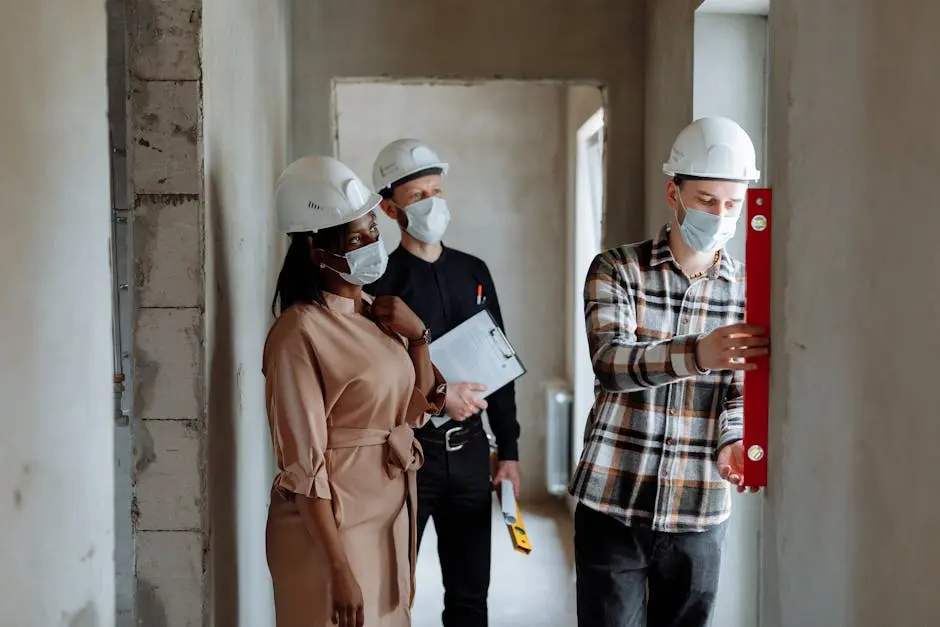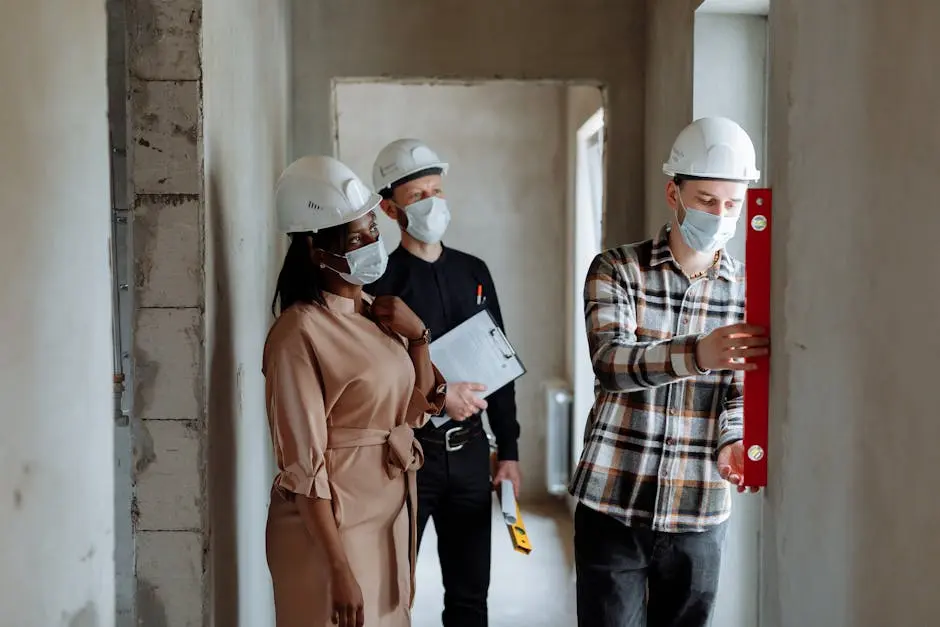Building inspections might sound like a tedious task, but they are crucial for maintaining safety and value in both residential and commercial properties. This blog will unravel the key benefits of thorough building inspections and how they contribute to the longevity and safety of a structure.
Understanding the Role of Building Inspections
Building inspections play a crucial role in identifying potential issues before they escalate. From residential homes to commercial properties, inspections ensure that structures adhere to safety standards and regulations. For instance, during an inspection, an experienced professional might uncover hidden problems, such as moisture intrusion, that could eventually lead to serious structural damage if left unaddressed. As such, these evaluations serve as a proactive measure, rather than a reactive one, fostering an environment of prevention rather than problem-solving after the fact.
Thorough building inspections assess a wide range of elements, including the structural integrity of the building, the effectiveness of the drainage, and the condition of mechanical systems like HVAC units. By understanding the key components that inspectors look for, property owners can better appreciate the nuances and importance of these evaluations. Moreover, for those entering the real estate market, an inspection serves as a critical part of the due diligence process, offering a comprehensive overview of the property’s condition. This detailed understanding aids potential buyers in making informed decisions, mitigating the risk of unexpected repairs and contributing to a confident investment.
Ensuring Safety and Compliance
Safety is the primary concern for any building owner. Regular inspections help in identifying hazards such as faulty wiring or structural weaknesses, ensuring that the property complies with local safety standards. In particular, electrical wiring issues can be a leading cause of fires, and detecting them early leads to straightforward corrections rather than catastrophic failures. This not only protects the occupants of the building but also safeguards the financial investment in the property.
Compliance with building codes and regulations is not merely a legal formality but a fundamental aspect of responsible ownership. By adhering to these guidelines, property owners contribute to a safer community and avoid hefty fines or legal issues. Additionally, when new codes are introduced, a comprehensive assessment can highlight upgrades necessary for meeting the latest standards, fostering peace of mind among both owners and tenants. Staying abreast of these developments ensures that the building performs optimally under current conditions and supports local ecosystem initiatives.
Inspections also address environmental concerns. Ensuring that the building meets eco-friendly and sustainable standards has become increasingly pivotal in today’s market. From reducing emissions to conserving water, inspections provide insights into how effectively a building is minimizing its ecological footprint. Occupants today often favor green-certified buildings as they reflect corporate social responsibility and contribute to a sustainable future. This aspect can also provide leverage when showcasing the property to environmentally-conscious prospects.
Financial Benefits and Risk Management
Ignoring small issues can lead to costly repairs in the future. Thorough inspections help in identifying these issues early, ultimately saving money and reducing financial risks associated with unforeseen repairs. Consider the example of a minor roof leak found during a regular inspection, which can be repaired at a significantly lower cost than addressing extensive interior water damage or mold remediation. This early intervention philosophy not only preserves financial resources but also ensures a non-disruptive experience for the building’s occupants.
Beyond direct costs, inspections can significantly impact insurance premiums. Many insurance companies offer lower rates and better terms for properties that undergo regular inspections, as these properties are deemed lower risk. This relationship between regular inspections and reduced premiums illustrates how careful attention to the condition of one’s property can result in direct financial benefits. Over time, these savings accumulate, aiding in the financial management and sustainability of the property.
Risk management through inspections extends into the realm of tenant retention and satisfaction. When building managers address issues proactively, tenants are more likely to renew leases, as they value the commitment to safety and comfort that regular inspections ensure. By maintaining open communication lines about inspection findings and promptly addressing concerns, property owners can build trust with tenants, fostering loyalty and reducing turnover rates.
Enhancing Property Value
A well-maintained building with a history of regular inspections often holds greater market value. Potential buyers perceive a thoroughly inspected property as a safe investment, boosting its appeal and potential selling price. Documentation of regular inspections acts as a testament to the integrity of the property, offering assurances that it is free from significant defects or unresolved maintenance issues. It’s a visible commitment to quality that resonates with discerning buyers who prioritize long-term value and safety.
Moreover, comprehensive inspections can uncover opportunities to enhance the building’s value through strategic improvements. For example, upgrading insulation based on inspection reports can improve energy efficiency and reduce utility costs, making the building more attractive to potential buyers looking for high-performance homes. In the competitive real estate market, these incremental improvements, guided by inspection findings, offer a competitive advantage, particularly as eco-friendly living becomes a higher priority among purchasers.
Investing in inspections translates to investing in the property’s reputation. Properties with a solid inspection history and subsequent enhancements stand as a benchmark of reliability and durability. In cases where properties are part of larger portfolios, consistent inspection results can serve as a template for improvements across other holdings, thereby elevating the overall portfolio quality and appeal.
Peace of Mind for Owners and Occupants
Knowing that a building has undergone thorough inspections provides peace of mind for both owners and occupants. It reassures them that the property is safe, reducing stress and enhancing satisfaction with their living or working environment. This peace of mind extends to a sense of security that fosters comfort and productivity among tenants, contributing positively to their overall experience and satisfaction with the property.
Additionally, property owners can rest assured that their maintenance investments are yielding returns in the form of a safer, more efficient building. The sense of security gained from regular inspections allows owners to focus on other investment opportunities, knowing that their current property is in good hands. It reduces anxiety surrounding potential emergency repairs or sudden relocations, creating a stable environment for future planning.
For occupants, especially in residential settings, the value of this peace of mind cannot be overstated. Knowing that managers are actively investing in regular inspections can improve tenant-landlord relationships and build a community spirit grounded in mutual trust and transparency. This sense of community and dependability becomes a valuable asset when attracting new tenants, who are increasingly seeking residences that prioritize transparency and communicative ownership.
The Lasting Impact of Thorough Inspections
Thorough building inspections are not just a formality but a vital tool for ensuring safety, financial prudence, and property value. Investing the time and resources in a detailed inspection can save significant stress and cost in the long run, keeping buildings safe and sound for years to come.


